
All That You Should Know About Swimmer’s ear And Its Home Remedies
All That You Should Know About Swimmer’s Ear And Its Home Remedies Summer calls for plenty of fun...
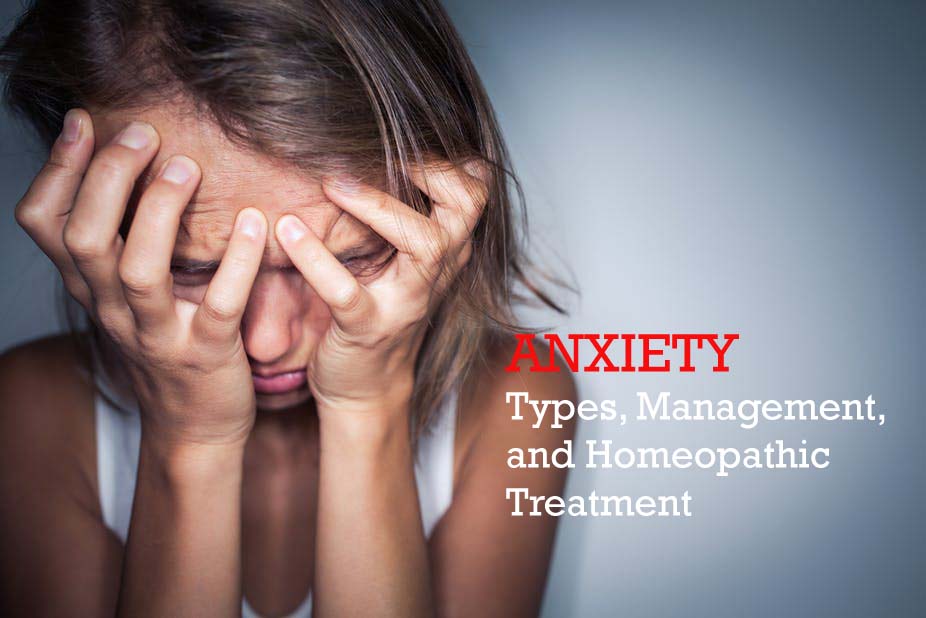
Anxiety – Types, Management, and Homeopathic Treatment
Anxiety is a mental feeling of uneasiness, worry, generalized fear, apprehension, and inability to focus as an overreaction...
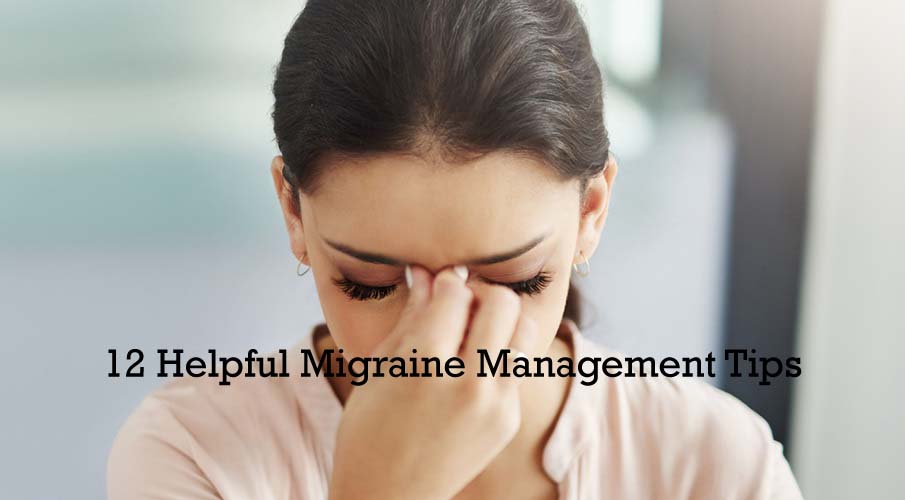
12 Helpful Migraine Management Tips
Migraine is a pulsating headache that can go on for hours and even days. It is a neurological...
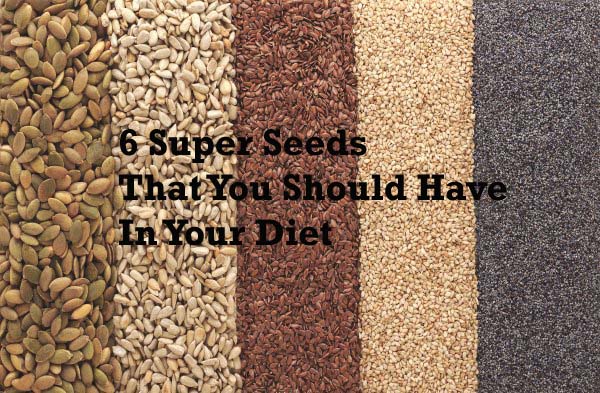
6 Super Seeds That You Should Have In Your Diet
All living organisms require an adequate amount of nutrients for the proper functioning of the body. A good...
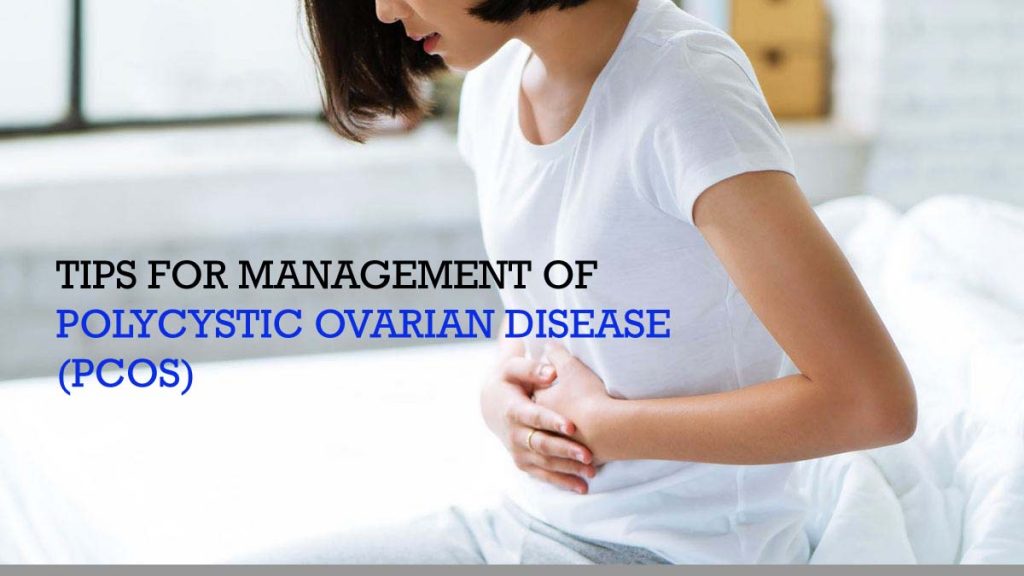
17 tips for Management of Polycystic Ovarian disease (PCOS)
PCOS is an imbalance occurring in woman‘s hormones that leads to the growth of may cysts in ovaries....

What Increases Your Risk For Eczema?
Skin diseases and disorders are affecting several individuals worldwide. There is an increase in the incidence of Eczema...

10 Best Tips To Maintain Good Mental Health In The Quarantine Phase
The outbreak of coronavirus has affected the lives of several individuals throughout the world. This highly infectious virus...

Mother nature healing: how do natural antibiotics in food help ?
Mother nature has the power to please comfort and calm one soul. Its the mother nature that heals...
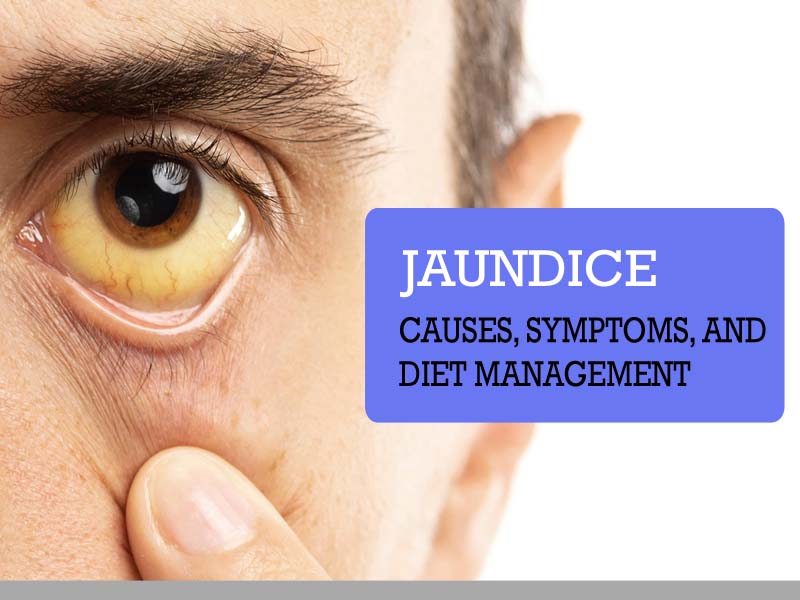
Jaundice – Causes, Symptoms, and Diet Management
Jaundice is one of the common diseases which affects infants, children, and adults alike. Jaundice is a term...
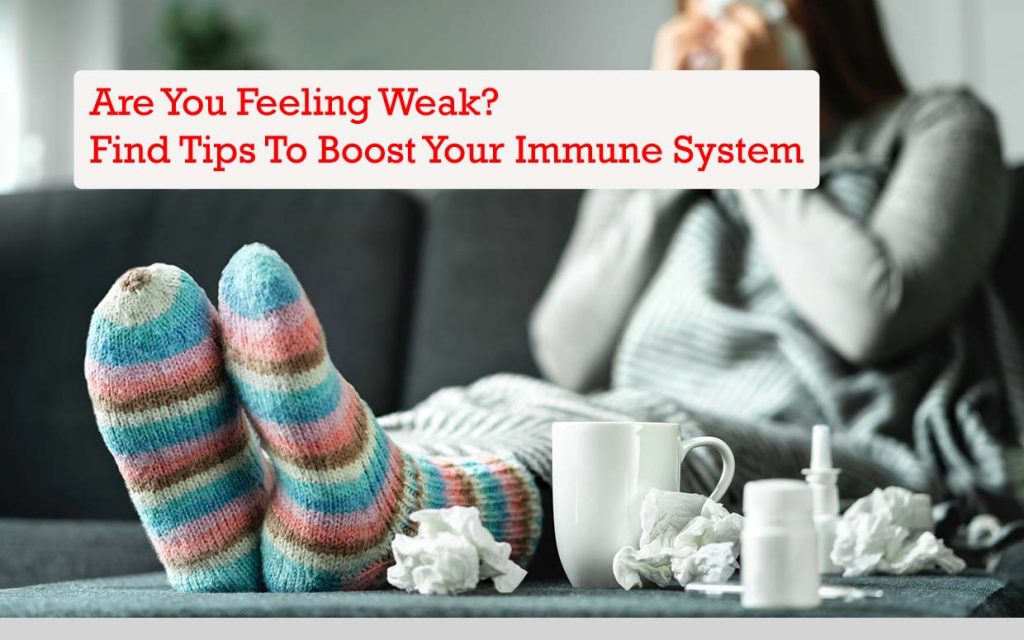
Are You Feeling Weak? Find Tips To Boost Your Immune System
Do you end up falling sick frequently? Chances are that your immune system is not working properly and your immune...

